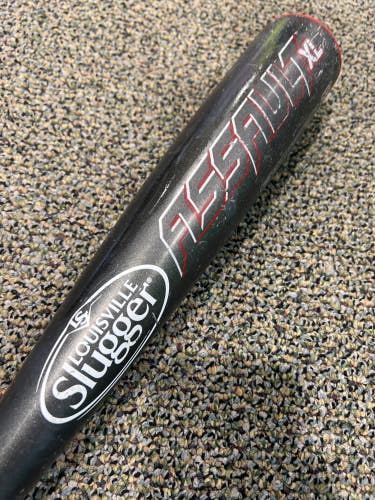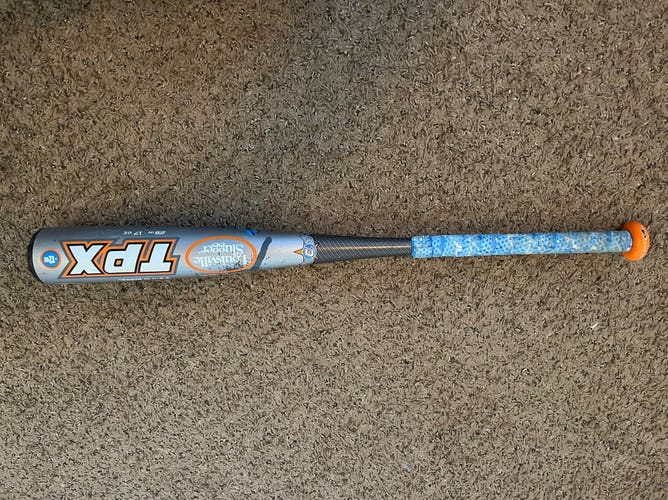Popular Baseball Bat Models
See more Popular Baseball Bat Models
Louisville Slugger Atlas
214 Available

Louisville Slugger Select PWR
277 Available

Easton ADV 360
360 Available
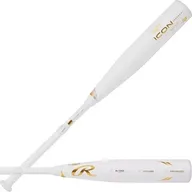
Rawlings Icon
400 Available

Marucci CAT X
741 Available
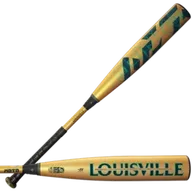
Louisville Slugger Meta
1634 Available
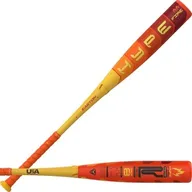
Easton Hype Fire
738 Available
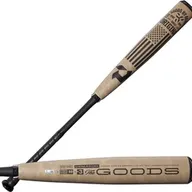
DeMarini The Goods
985 Available

Marucci CAT X Connect
296 Available

DeMarini CF
1072 Available
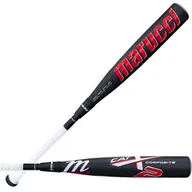
Marucci CAT9
1050 Available
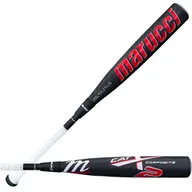
Marucci CAT X Composite
704 Available

Marucci CATX2 Alloy
78 Available
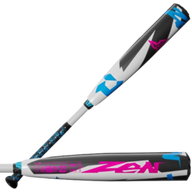
DeMarini CF Zen
675 Available

DeMarini Zoa
577 Available

Victus Vibe
213 Available

Marucci F5
270 Available
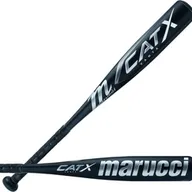
Marucci CAT X Vanta
163 Available
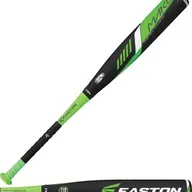
Easton Mako
774 Available
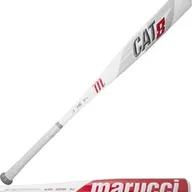
Marucci CAT8
495 Available
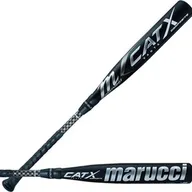
Marucci CAT
646 Available
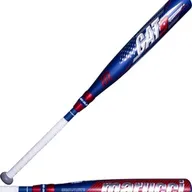
Marucci CAT9 Composite
241 Available

Easton Hype Comp
109 Available
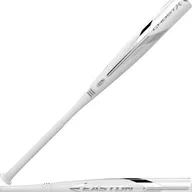
Easton Ghost X
161 Available
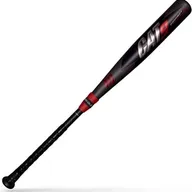
Marucci CAT9 Connect
379 Available
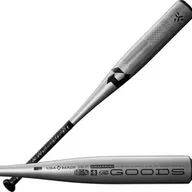
DeMarini The Goods One Piece
118 Available
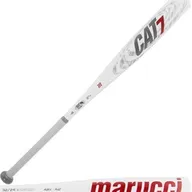
Marucci CAT7
308 Available
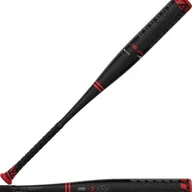
Easton Alpha ALX
259 Available

Marucci CATX2 Connect
74 Available
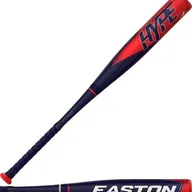
Easton ADV Hype
270 Available
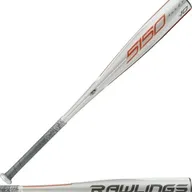
Rawlings 5150
384 Available
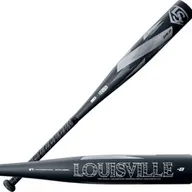
Louisville Slugger Solo
328 Available
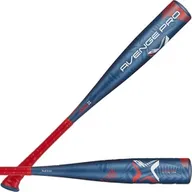
AXE Avenge Pro
141 Available
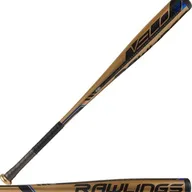
Rawlings Velo
472 Available
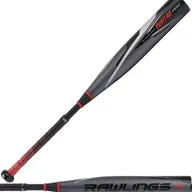
Rawlings Quatro Pro
124 Available

Victus Nox
434 Available
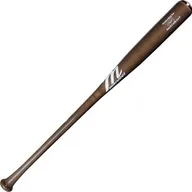
Marucci Posey28
108 Available
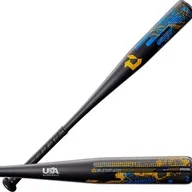
DeMarini Uprising
87 Available
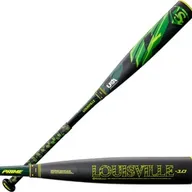
Louisville Slugger Prime
206 Available

AXE Elite One
112 Available
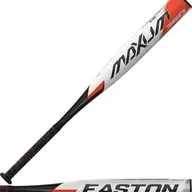
Easton Maxum 360
111 Available

AXE Avenge
93 Available

Victus Vandal
219 Available

DeMarini CF Glitch
90 Available
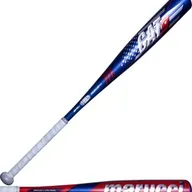
Marucci CAT9 Pastime
80 Available

DeMarini CF Mashup
71 Available

Easton MAV1
198 Available
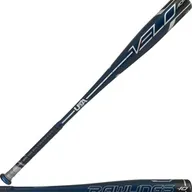
Rawlings Velo ACP
126 Available
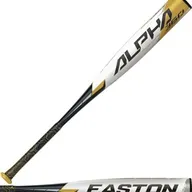
Easton Alpha 360
152 Available

Marucci CAT Composite
35 Available
Trending Bat Listings
See more
jakescherrer
IMMACULATE - 2024 DeMarini Voodoo One BBCOR Certified Bat (-3) Alloy 29 oz 32" (Used)
$130
Retail price: $400
Jlgchenderson
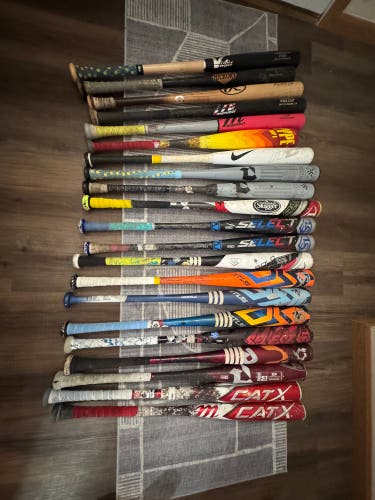
Gaitheraidan

larrydmartinez7

Diego_Palomo09
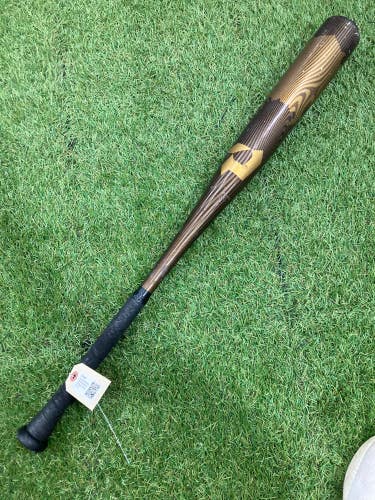
EmpireSports

MMATT152

CCamer967
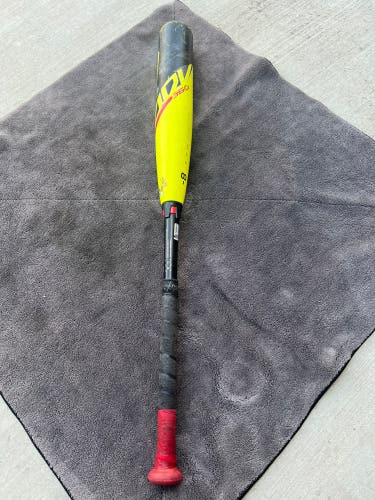
Bats4steve

KyeL7

Ethan_James
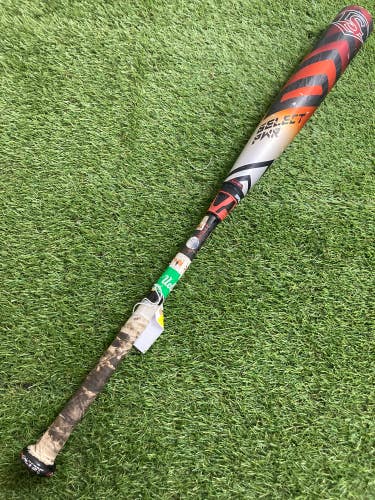
sportsxchange
Shop by Bat Certification
USSSA Certified Baseball BatsUSSSA CertifiedUSA Certified Baseball BatsUSABat CertifiedBBCOR Certified Baseball BatsBBCOR CertifiedTraining Baseball BatsTraining Bats
6,373 Results
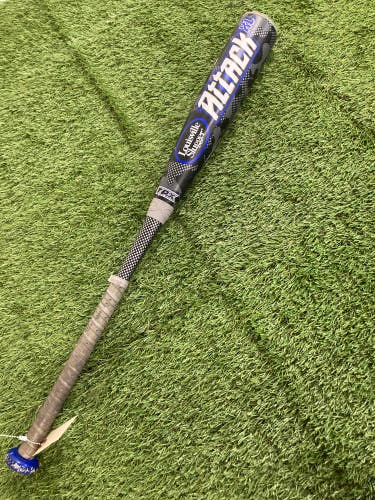
blowout_bargains
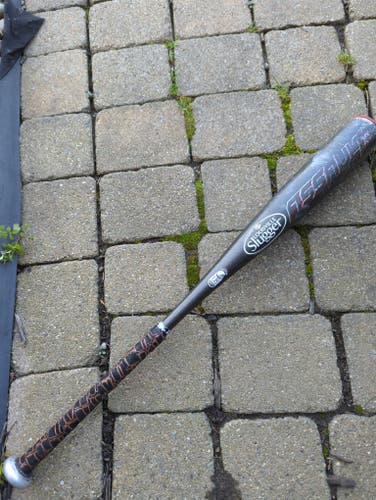
bswade4
Used USSSA Certified 2014 Louisville Slugger Alloy Assault XL Bat (-10) 21 oz 31"
$25
Retail price: $100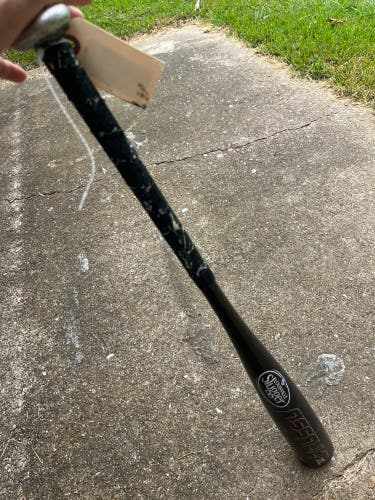
Kraken_Sports

sportsopks
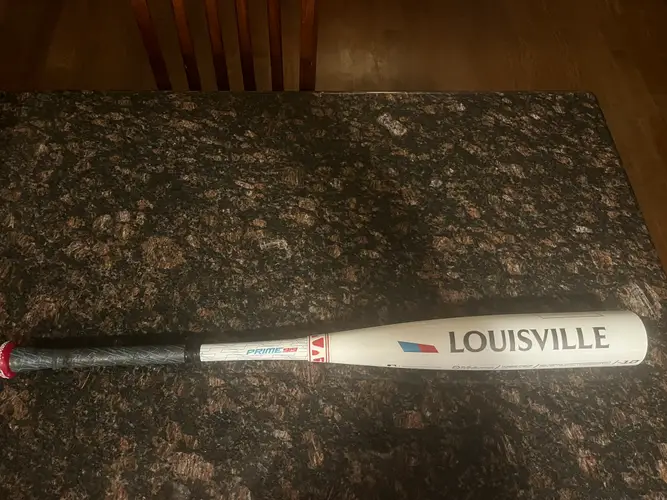
jmourey
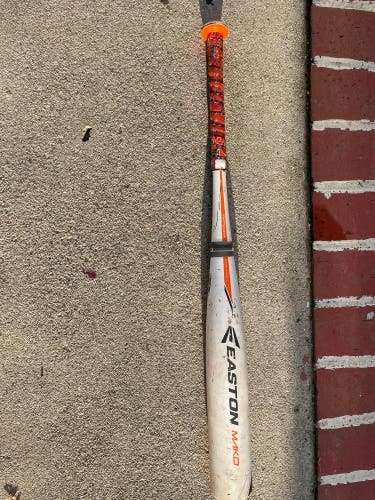
Chino_Huerta24
Easton Mako Bat
$32$7558%

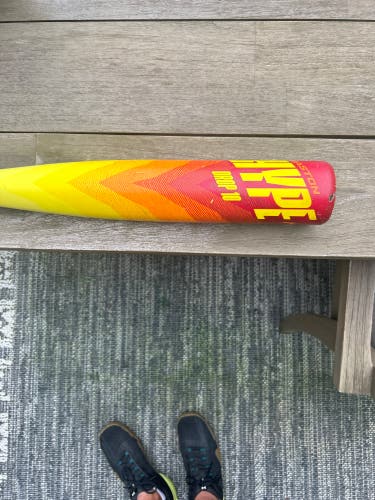
3Fischerkids
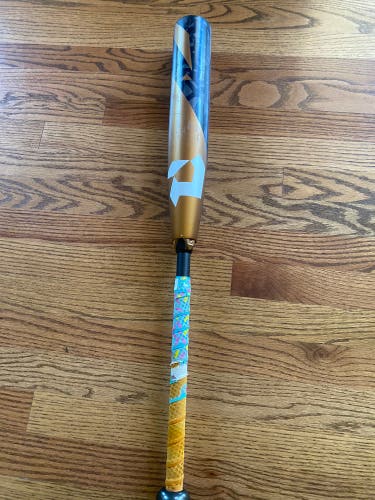
Drumm
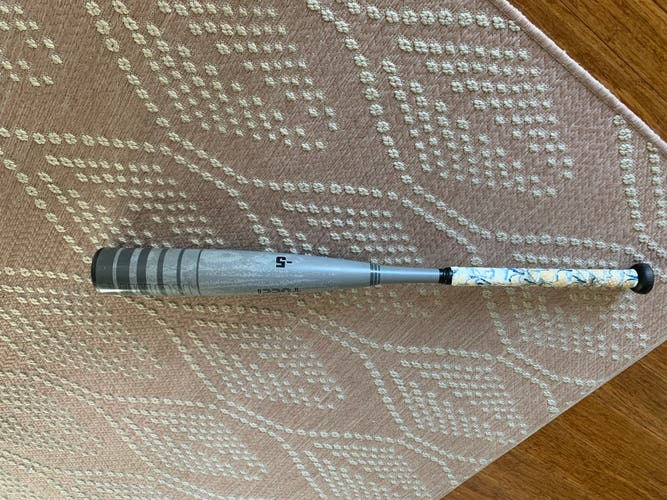
Ryder4848
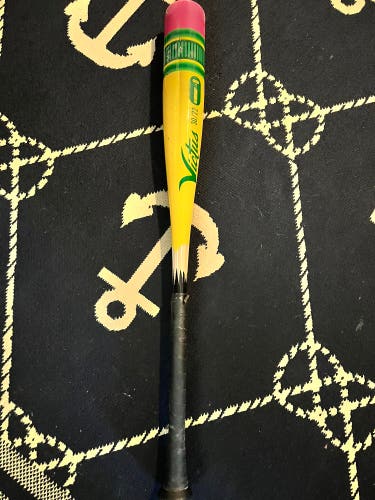
Jminor21

shawnn123
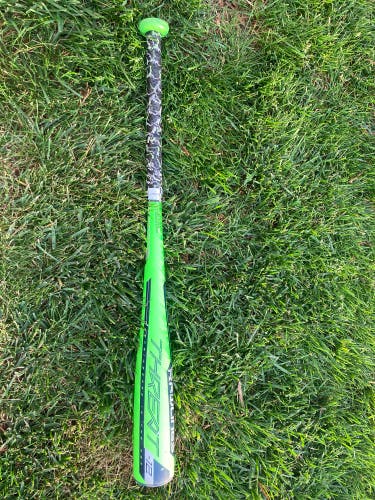
Mickeygrace
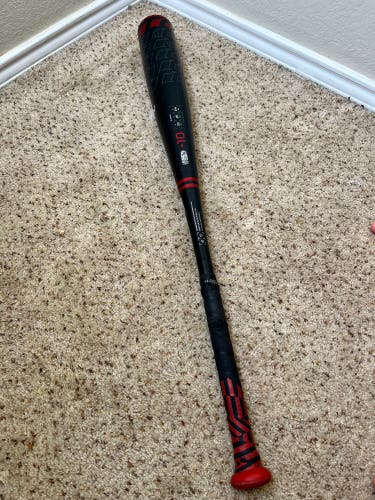
tiff2321
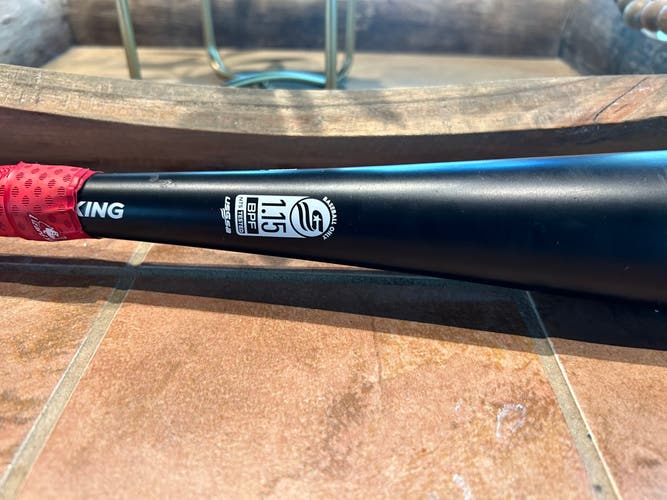
Ballplayer47977
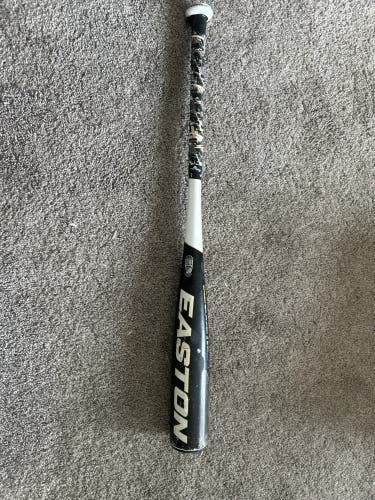
Agabel1214
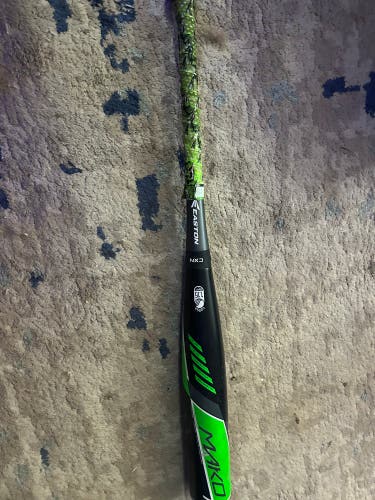
Ragealltheway

Ayalabaseball10
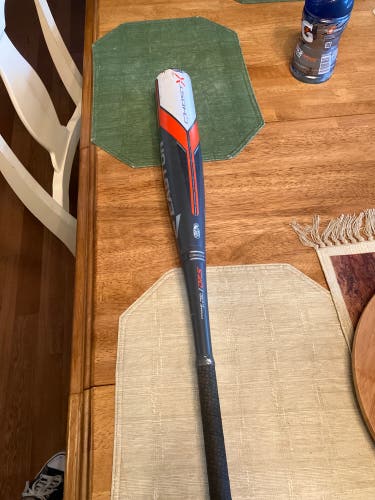
EEvan230
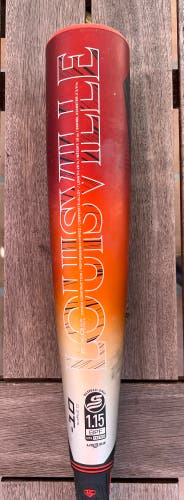
manningcp
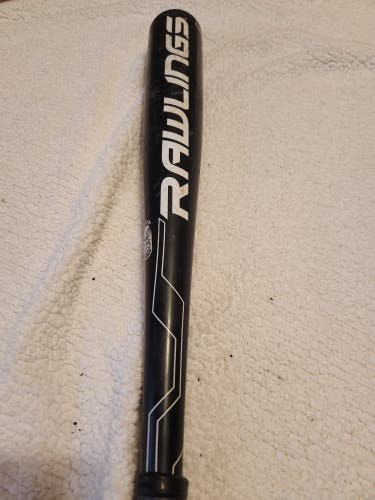
FourBs

Icycool1969
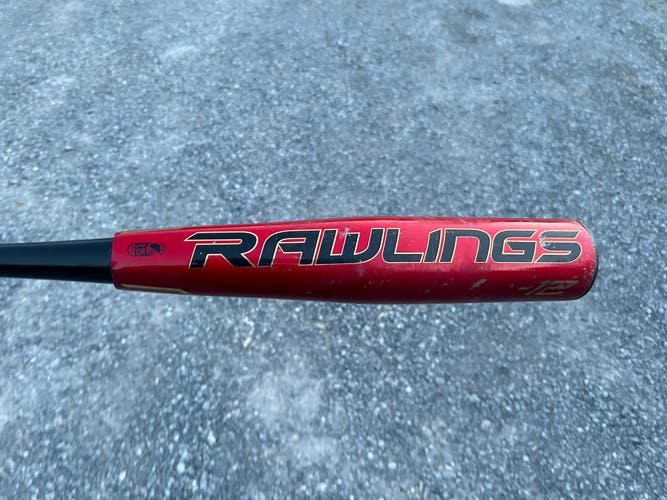
ALonas4

Chope
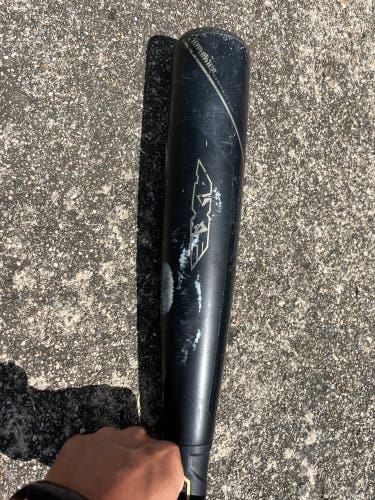
Khdevault34
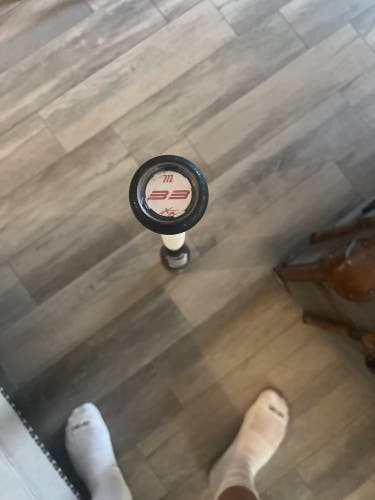
Marucci

Ballplayer47977

Bombers_1
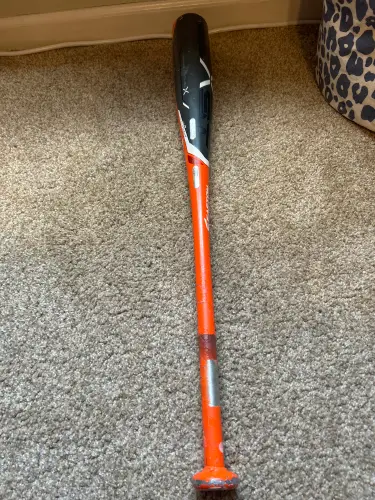
Connerunderwo9
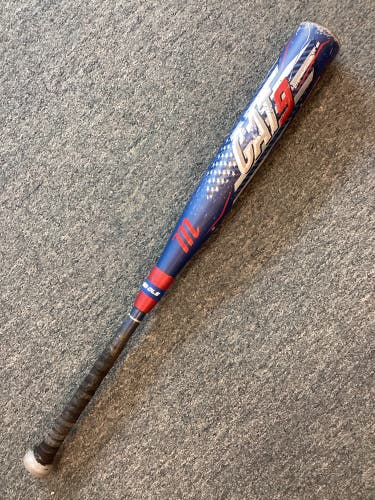
preownedbats
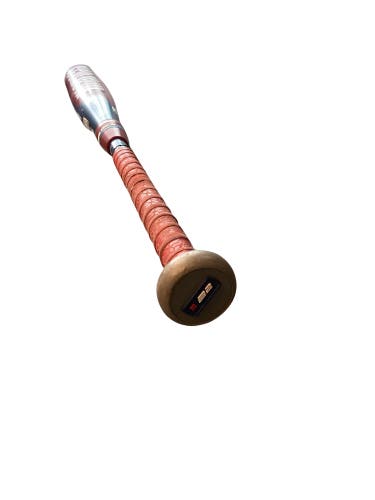
preownedbats
Related Articles
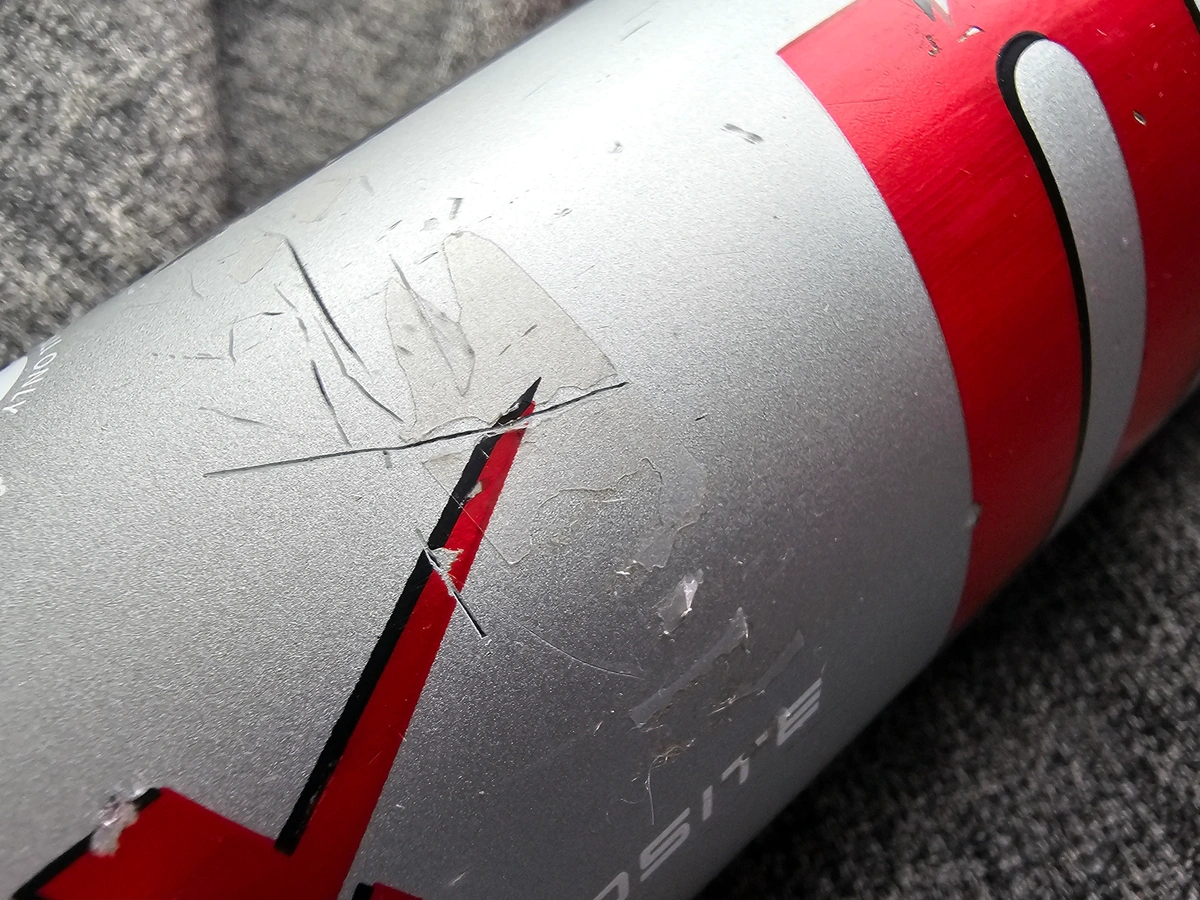
Signs You Need to Replace Your Baseball Bat
A trusty bat, perfectly balanced and broken in, allows you to unleash powerful hits with confidence. But even the most cherished bat can't last forever.
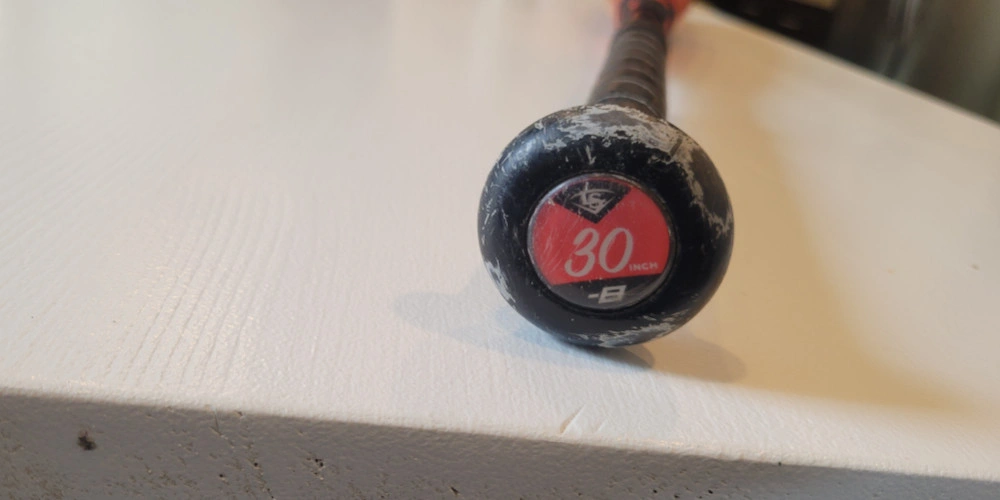
Buying a Used Baseball or Softball Bat
Looking to save big on used bats? Here's a brief checklist that our trade-in team uses to determine whether a used baseball or softball bat is worth buying.
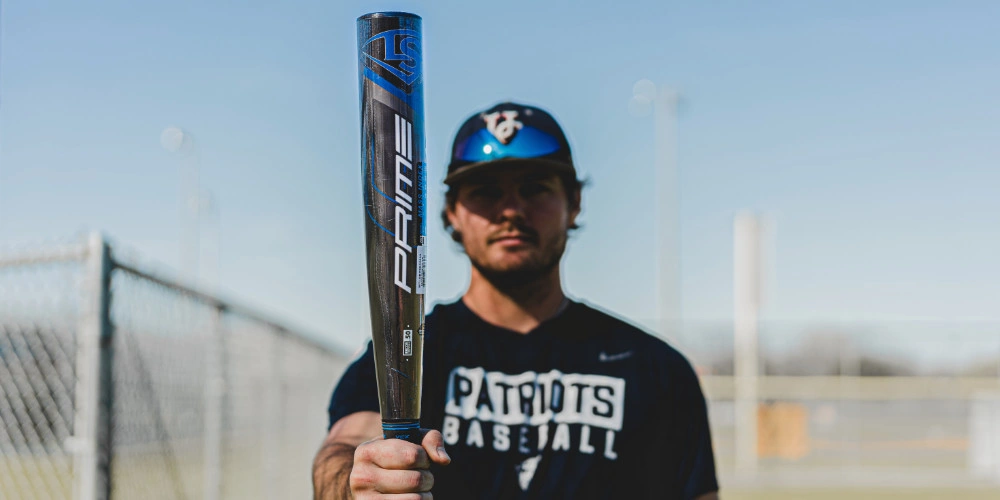
How to Ship A Baseball Bat
If you're looking to sell your bat, we've got a few tips to help you ship them safely.
